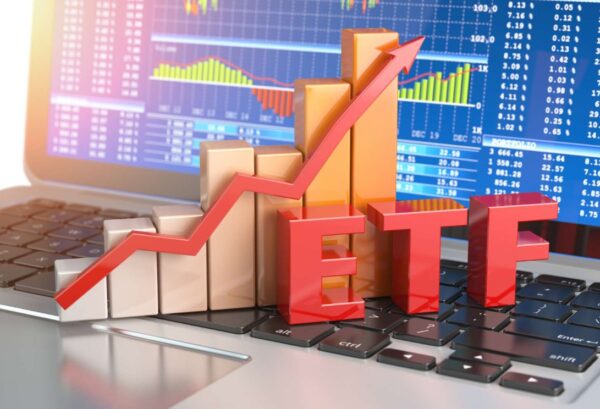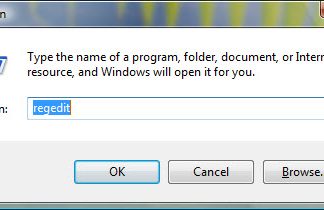Investing in ETFs is the perfect way to take advantage of the gains that the stock market has to offer. However, investing in ETFs requires knowledge and skill. In order to learn how to invest in ETFs correctly, you first need to understand the basics of investing.
Diversification of ETFs
Diversification is used in all kinds of investments, but it is especially important for ETFs. If you own more than one type of stock, such as stock in Microsoft or General Electric, then it’s a good idea to diversify by owning ETFs.
You can use ETFs to “leverage” your other investments so that you have more investment options available to you. For example, you can use to offset losses from stock investments, giving you a balanced portfolio. This makes it easy to follow an overall portfolio since there are multiple ways to invest in an overall portfolio.
Type of Stock

Another thing to think about when you’re investing in ETFs is the type of stocks you choose. If you are mainly interested in stocks that are traded on major exchanges (for example, New York Stock Exchange and NASDAQ) then it’s likely that you’ll want to invest in ETFs that trade on those exchanges.
Some investors, however, don’t have a lot of flexibility. If you live in Australia search for the best ETF Australia to make good decisions. They may not be comfortable investing solely in ETFs; they may prefer to have a more diverse portfolio of stocks. Check this website.
Liquidity
Another factor that makes investing in ETFs attractive is liquidity. Individual stock indexes are difficult to buy and sell, which makes them less appealing as an investment vehicle for many investors.
These are much easier to buy and sell, which makes them appealing for younger investors who may want to start investing in the stock markets but don’t yet have the means to do so. In addition, ETFs have managed funds; a large number of them are traded on large trading exchanges making them available to virtually every investor.
Income-Producing Stocks

If you are looking for specific growth or income-producing stocks then you should consider ETFs. The fact that ETFs trade on major stock exchanges provides them with significant advantages over individual stocks. Investors can buy and sell it easily and frequently. Furthermore, ETFs often track the performance of particular companies so they make for excellent return investments.
On the other hand, individual stocks can be difficult to purchase and sell. Purchasing shares via a broker will require an additional cost, and most investors find it difficult to change their fund over frequently. While ETFs have the advantage of being very easy to purchase and sell, the lack of accessibility can prove to be a disadvantage for some investors.
Types of ETFs
There are a variety of different types of this available on the market today. These include money market, equity-indexed, growth, balanced, and many others. Each of these ETFs has different characteristics and methods of investing.
Investors interested in diversifying their portfolios and optimizing returns should consider using this. Overall, using an ETF allows many investors the opportunity to diversify and maximize returns without having to do much work.
ETFs require a low-risk level and allow a higher degree of liquidity. They are a great choice for those investors who are interested in putting their money to work in a less risky investment vehicle.
Things to Consider before Investing in ETFs

However, before an investor can decide on which type of ETF is the best choice, he or she must determine what his or her investment style is. For example, whether an investor prefers to participate in an interest rate sensitive instrument, or perhaps an equity index fund.
Or perhaps the most important aspect of an ETF is how easily the investor can liquidate the fund should his or her investment style change. Another important characteristic of an ETF is how transparent the management company is. If the management company is opaque or does not provide regular reports, then this could prove to be a disadvantage.
Many people believe that buying is a way to “store” value. This is especially true with the investment style known as “put investing.” With put investing, an investor relies on the price of the underlying security to make their investment decisions.
This is the opposite of what most people would expect when considering an ETF. When comparing the prices of ETFs against the prices of stocks, it is important to keep in mind that an ETF represents actual stocks, and just like stocks, the price will change over time.
Final Words
When investing in ETFs, it is important to note that there are many brokerage accounts that will offer these types of investments. Additionally, when researching how to invest in ETFs it is important to understand all of your choices. Not all ETFs are created equal, and there are many brokerage account restrictions as well.
One of the most important aspects of how to invest in ETFs is to ensure that you understand your brokerage account and all of your options. Before choosing a trading site, you must thoroughly review the services and the platform provided by the broker. Make sure the platform is reliable. The trader should also study the different types of trading that are offered on the platform.
Platforms that are suitable for all financial instruments such as futures, options, stock, and bonds are more beneficial to traders. If the platform is only able to operate one type of financial instrument, it is advisable to choose a different broker and try out the platform. If you do not know much about trading there are many sites on the internet that provide demo accounts in real-time. Try one of them before getting into the market.
Hopefully, this article has helped you understand some of the basics when deciding which type of investment vehicle is right for you!



















